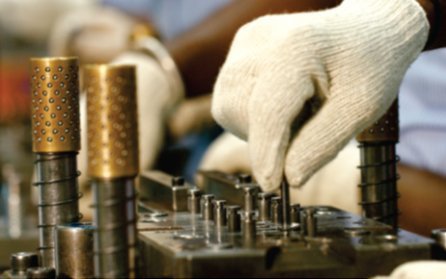
Reviewing last week, key indices experienced a rebound after an initial decline. Specifically, the Shanghai Composite Index (SSE Composite Index) gained 1.46%, Shenzhen Component Index (SZSE Component Index) increased by 2.14%, and ChiNext Index gained 1.74%. Among the Shenwan first-level industries, 26 rose and 5 fell. The top three gainers were communications (2.97%), non-banking financial institutions (1.94%), and banking (1.49%); the top three decliners were beauty care (-2.18%), communications (-1.86%), and coal (-1.09%). Investor focus shifted towards large-cap broad-based ETFs such as the CSI 300 and SSE Science and Technology Innovation Board 50, along with more net inflows into ETF products related to ChiNext, Hang Seng Tech, healthcare, and securities.
The Chinese market is buzzing with positive news. After lifting its stake in four major state-owned banks, Central Huijin Investment (a state-owned investment company) has recently made large purchases of ETF and vowed to continue increasing ETF holdings in the future. The high-profile entry of the "national team (government-related entities that hold domestic equities on behalf of the state)" is seen as stabilizing and beneficial for restoring market confidence. The recent National People's Congress proposed that central government will issue 1 trillion yuan (about US$139.3 billion) in additional government bonds in the fourth quarter, raising the country's 2023 budget deficit ratio to around 3.8% from the 3% set at the beginning of the year. Local government debt issuance is set to increase 2.7 trillion yuan in an aim to alleviate local fiscal pressure and spur growth in traditional infrastructure. At the same time, proactive monetary policy can help stabilize the market and instill confidence in the capital market. In addition, Hong Kong's stock trade stamp duty has been reduced from 0.13% to 0.1%, as expected. This reduction, along with the implementation of positive domestic policies, is likely to boost the confidence of Hong Kong stock investors. The National Bureau of Statistics recently announced that in the first three quarters, the profit of industrial enterprises above designated size fell by 9% compared to the same period last year, but quarter-on-quarter decline has continued to narrow and the profitability of major industries has also improved. Confidence in stabilizing the domestic economy appears poised to strengthen in the fourth quarter, with continued market inflows providing essential support. As the recovery gains momentum and the effects of domestic policies begin to take hold, the Chinese economy would further strengthen in the fourth quarter.
In the global market, Europe’s preliminary manufacturing Purchasing Manager’s Index (PMI) fell to 43% in October, marking a significant economic downturn in the Eurozone over the past two months and clear signs of a recession. The European Central Bank (ECB) kept its three key interest rates unchanged and will need to closely monitor inflation and economic performance to make future decisions. The probability of further interest rate hikes within the year remains low, but the monetary policy outlook is still uncertain. On the other hand, the Markit US Manufacturing PMI registered 50% for October, hitting a six-month high. The likelihood of a soft landing for the U.S. economy has increased, but recent economic uncertainties are also on the rise. U.S. GDP grew at a robust annualized pace of 4.9% in the third quarter, the fastest pace in almost two years. However, there is no guarantee that the rate of increase will persist in the fourth quarter, as the growth of large-cap tech stocks was below expectations in the third quarter. The author believes that the Fed may still raise interest rates in December, and a rate cut is unlikely to happen until the second half of 2024. The high interest rate in the short term continues to impact investor confidence. While the external market's impact cannot be disregarded, its influence on the Chinese stock market is likely to gradually diminish.
Looking ahead to next week, the market's short-selling momentum is weakening, increasing the chances of a steady recovery after testing the bottom. As for investment strategy, considering the performance in the third quarter, it is advisable to focus on high-yielding stocks in the consumer and technology sectors while considering the direction of industrial restructuring and upgrading. Advanced manufacturing industries, such as automotive components, are expected to bolster the rebound of the profits for industrial enterprises. Meanwhile, we can keep a close eye on the potential opportunities arising from the recovery of Huawei’s industrial chain and advancements in domestically produced GPU chips by focusing on investment in hard technology, such as computing power, robotics, automobile, and consumer electronics.






